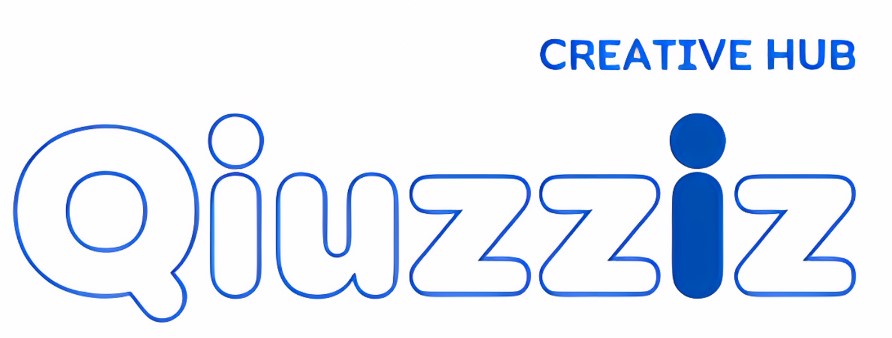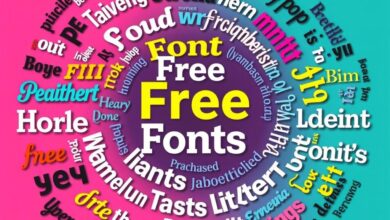Image Optimization for SEO: Boost Your Rankings
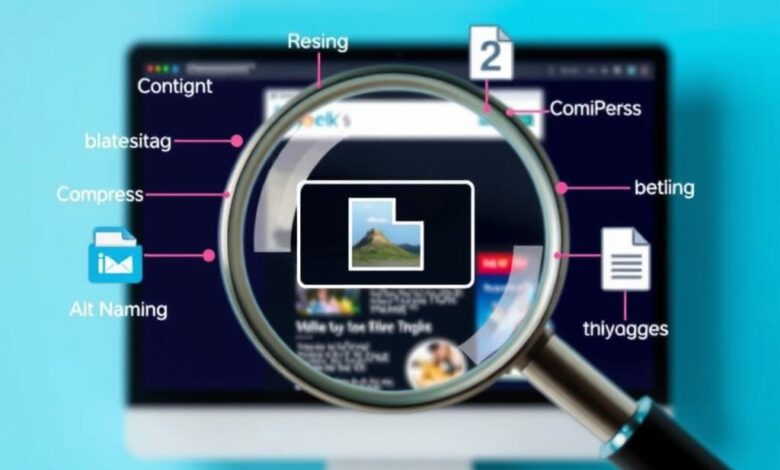
In today’s digital world, making images SEO-friendly is key to getting our websites seen more. Over 65% of people like to learn and seek through images. So, we need high-quality images that make our sites look good and load fast.
Experts say a slow website can lose us 7% of customers. Also, Google’s image search is a big deal, making up 22.6% of all searches. By using smart image optimization, we can climb up the search ranks and stand out online.
Converting PNG images to WebP and using responsive design help our images load fast and look good on any device. Choosing unique images over generic ones makes our content stick in people’s minds. This is important because of the huge number of searches on Pinterest and how much more likely tweets with images are to get shared.
Key Takeaways
- Image optimization is crucial for enhancing visibility and boosting rankings.
- Over 65% of users prefer visual content, making images vital for engagement.
- Images should be optimized for faster loading to increase conversions.
- Using original images improves SEO and enhances user experience.
- Responsive images are key for suitable displays across devices.
- Implementing appropriate formats like WebP can optimize loading efficiency.
Understanding the Importance of Image Optimization
In today’s digital world, visuals are key to our content’s success. Making images SEO-friendly boosts our web pages, draws in users, and shapes their experience. By grasping how images impact our search rankings, we can use them to our advantage.
The Role of Images in Web Content
Images make our content more engaging and attractive. They help share information fast, making it easier to understand. By 2018, images took up about 21% of a web page’s total size, often more than text or other elements. This shows the need to manage image sizes well without losing quality.
Impact on Search Engine Rankings
Optimizing images does more than just make them look good. Search engines look at images, their text, and metadata for relevance. By optimizing, we speed up page loads, which is key with Google’s focus on mobile users. Faster sites mean happier users, lower bounce rates, and better SEO scores. Optimized images also boost the chance of showing up as rich results, making our content pop.
| Statistic | Impact |
|---|---|
| Images consume more bytes than any other part of a website | Increased load time affects user experience negatively |
| Optimized images lead to faster loading times | Decreases bounce rates and improves user retention |
| Mobile-first indexing by Google | Highlights the importance of mobile-friendly images |
| Structured data inclusion for images | Boosts visibility in search results |
| Lazy loading of images | Improves initial load times for a better user experience |
What is Image Optimization for SEO?
Image optimization for SEO is key to making websites work better. It involves making images load faster without losing quality. This means focusing on file size, format, and the details about each image. Let’s dive into what this means and why it’s important.
Definition and Key Concepts
Image optimization for SEO means making images load quicker, which helps users and improves rankings on search engines. It’s about creating different versions of an image for various devices. Companies can use tools to do this easily, saving time.
Strategies for Effective Image Optimization
For great image optimization, using the right SEO strategies is key. Here are some top tips:
- Compress images to make them smaller without losing quality, which speeds up loading.
- Use clear filenames and alt text to help search engines find your images.
- Use structured data to help search engines understand your content better.
- Pick the best image format, like JPEG, PNG, or WebP, for quality and size.
- Set image sizes in CSS to stop layout shifts and speed up page loading.
Working with a Content Delivery Network (CDN) and image optimization can really boost your site. This combo lets businesses serve images from a cache, cutting costs and speeding up loading. This is key for better SEO rankings. By using these methods, images can help make your site more visible and user-friendly.
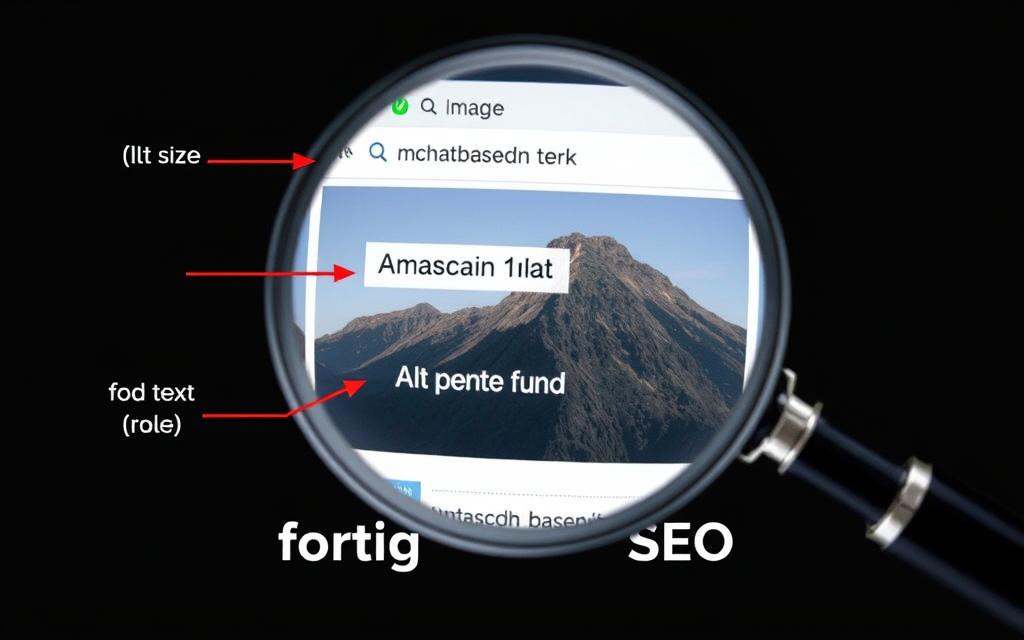
| Strategy | Description | Benefits |
|---|---|---|
| Image Compression | Reducing file size while maintaining quality. | Faster load times, improved user experience. |
| Descriptive Filenames | Using relevant keywords in file names. | Enhanced visibility in search results. |
| Utilizing CDNs | Distributing content from optimized cache. | Lower costs, faster delivery of images. |
| Choosing Formats | Selecting the right image format for content. | Optimized quality and loading times. |
Best Practices for Image Compression
Image compression is key to making websites load faster. By using smart strategies, we can make images smaller without losing quality. This boosts loading times and helps our sites rank better on search engines.
Choosing the Right Compression Tools
It’s important to pick the right tools for compressing images. Tools like Adobe Photoshop, Kraken, and TinyPNG offer great features. Each tool has its own strengths, letting us customize our approach.
For example, JPEGmini is great for high-quality photos, and Squoosh has an easy interface for quick tweaks. These tools help us cut down image sizes without losing quality.
The Balance Between Quality and File Size
It’s key to balance image quality with file size for the best performance. Big, high-resolution images can slow down websites. But, there are better options.
WebP format, for instance, makes files about 25-34% smaller than JPEGs and still looks good. We should aim to keep images under 100 KB to speed up loading. Resizing images to fit their display size also helps reduce file size.
By using these methods, we can make our websites look great and load fast.
Writing Effective Alt Text for Images
Writing good alt text is key for image optimization. It makes images easier to find and is vital for web accessibility. By following some simple tips, we can improve both SEO and user experience.
Guidelines for Creating Descriptive Alt Text
To make our alt text useful and clear, we should keep these tips in mind:
- Keep alt text under 125 characters for easy reading and SEO benefits.
- Be specific and descriptive, capturing what the image shows.
- Avoid using too many keywords; use them to make sense.
- Don’t start with phrases like “picture of…” or “image of…” as they’re not needed.
The Importance of Accessibility in Alt Text
Accessibility is a big part of using alt text well. It helps visually impaired people by giving them information through screen readers. Good alt text makes the web more accessible to everyone. Plus, it helps with search engine traffic. With almost 19% of Google’s search results showing images, making our images SEO-friendly is crucial.
Responsive Images: Enhancing User Experience
In today’s digital world, using responsive images is key to a great user experience on all devices. With tools like the <picture> element and the srcset attribute, images adjust to the device’s capabilities. This makes for a smoother and more engaging experience for everyone.
Using the <picture> Element and srcset Attribute
The <picture> element helps show images that fit different screen sizes and resolutions. With the srcset attribute, we can send images that are just right for various pixel densities. This means mobile users get images that load fast and look great. It also makes our site work better and load faster.
The Importance of Mobile Optimization
Most web searches come from mobile devices, so making our sites mobile-friendly is a must. Images need to load quickly and look good on smaller screens. Google’s focus on mobile-first indexing shows how crucial this is, as fast load times help with search rankings. Responsive images make our sites better for users and help us rank higher on search engines.

| Image Type | Best Use | Benefits |
|---|---|---|
| BMP | High-quality images without compression | Maintains detail but larger file size |
| JPEG | Photographic images | Small file size with nice quality |
| PNG | Images requiring transparency | High quality, supports transparency |
| WebP | Modern web images | Superior compression, high quality |
| SVG | Vector images and logos | Scalable file size and resolution |
By using responsive images and focusing on mobile, we can make our site run better, engage users more, and boost our search rankings.
Image Metadata: Maximizing SEO Potential
Image optimization is key to boosting our site’s SEO. Using the right file names and descriptions helps search engines understand our images better. This approach not only helps with rankings but also makes our content clearer to users.
Understanding Image File Names and Descriptions
It’s important to include relevant keywords in our image file names and descriptions. Instead of “IMG_12345.jpg,” name it “blue-summer-sky.jpg”. This makes it clear what the image is about. It also helps our SEO and makes our site better.
Utilizing Structured Data for Images
Structured data for images helps search engines get our content. By adding structured info, like the image type and its role on the page, we can stand out in rich results. This boosts our click-through rates and SEO potential.
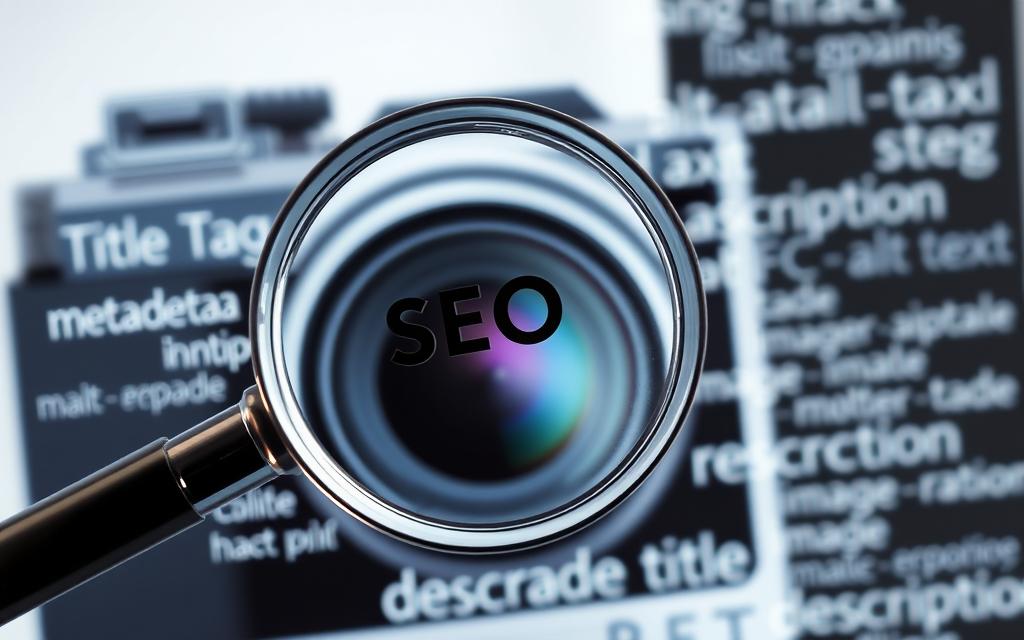
Image Sitemaps and Visual Search
In today’s digital world, knowing about image sitemaps and visual search is key for better SEO. Image sitemaps help our visuals get indexed better, reaching more people through search engines. Visual search is changing SEO, making us rethink how we use and optimize images online.
The Benefits of Submitting Image Sitemaps
Submitting image sitemaps brings big benefits to our websites. It gives search engines a direct link to our images, making them easier to index. This means our images get seen by more people, leading to more engagement on our sites. Here are the main perks:
- Images get indexed faster
- More visibility in Google Image Search
- More likely to show up in products blocks and image packs
- Improved accessibility with structured data
How Visual Search is Changing SEO Dynamics
Visual search technology is changing how we do SEO. As more people prefer visual content, we need to focus on high-quality images that help recognize products better. Good visuals make the user experience better, helping customers pick between products easily. Here are some stats:
| Statistic | Impact |
|---|---|
| 90% of users prefer businesses with visuals in search results | Higher conversion rates |
| 85% of shoppers value images over text | Improved decision-making |
| Images occupy 36% of mobile local result space | Increased engagement visibility |
Optimizing for visual search makes finding products easier and boosts sales and customer happiness. As things change, so should our use of image sitemaps and visual search strategies.
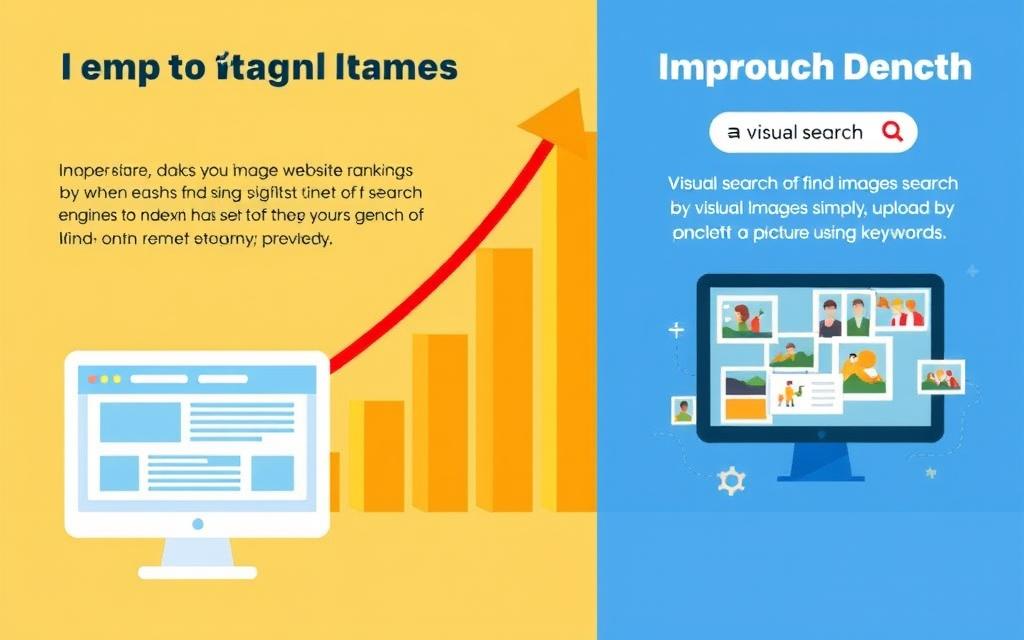
Conclusion
Using effective image optimization is key to boosting visibility and rankings on search engines. By choosing the right file formats like JPEG for photos and PNG for logos, we can keep quality high while keeping files small. Also, using advanced tools like structured data and image sitemaps helps our images get found more easily.
Optimizing images also makes websites load faster, which lowers bounce rates and keeps users on our site longer. This leads to better user experience, more engagement, and more conversions. It’s important to make sure our images work well on mobile devices, as this affects our search rankings.
In short, by using these detailed image optimization methods, we can make our site run better and get more traffic and user interaction. Investing in image SEO now can lead to big gains and keep us ahead in the online world.
